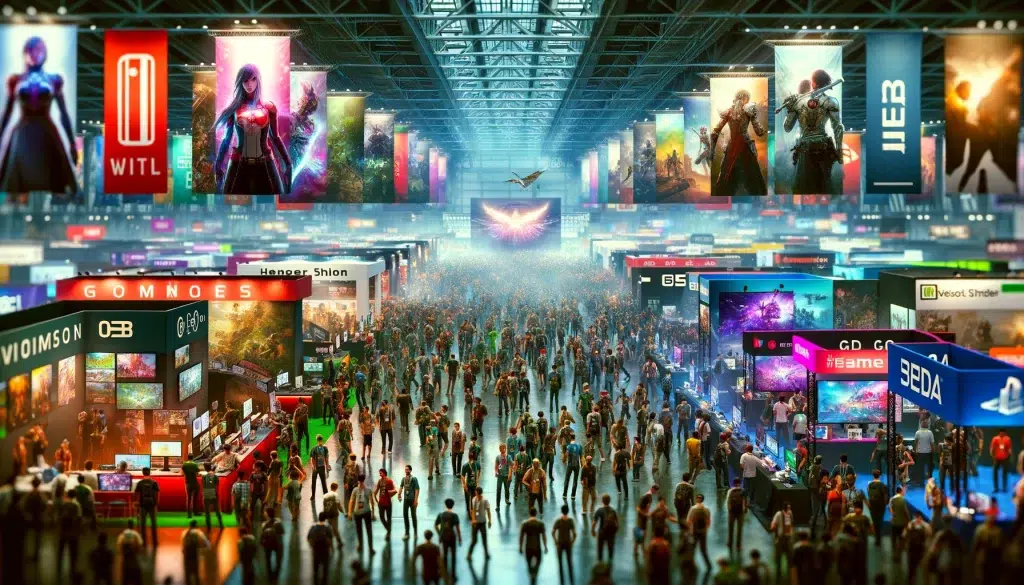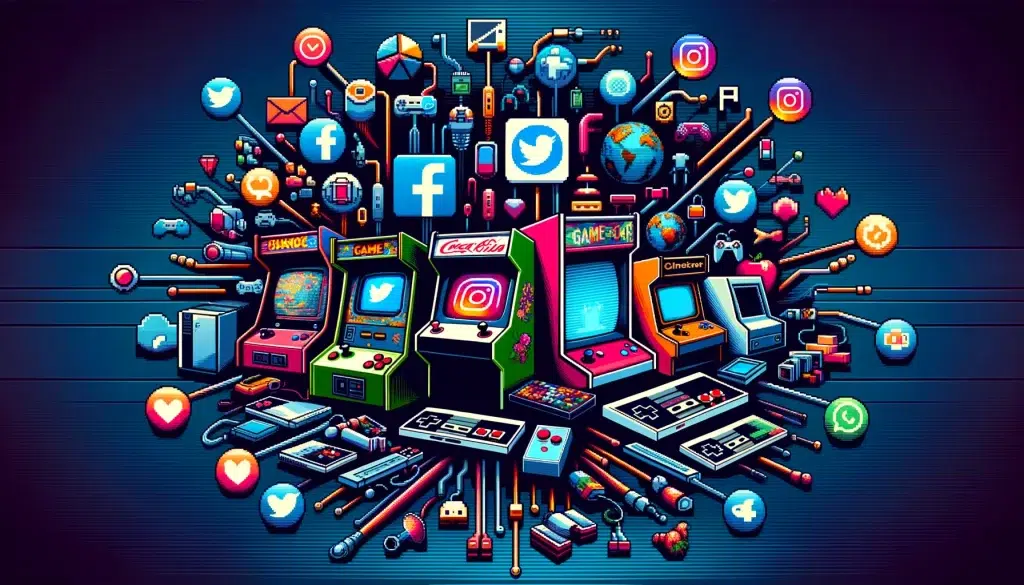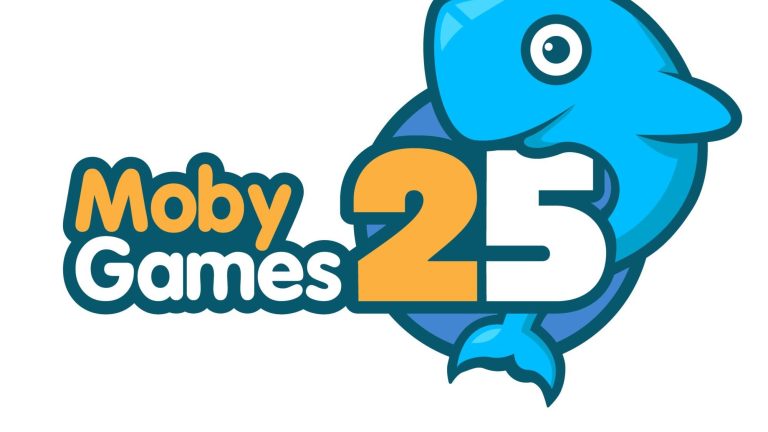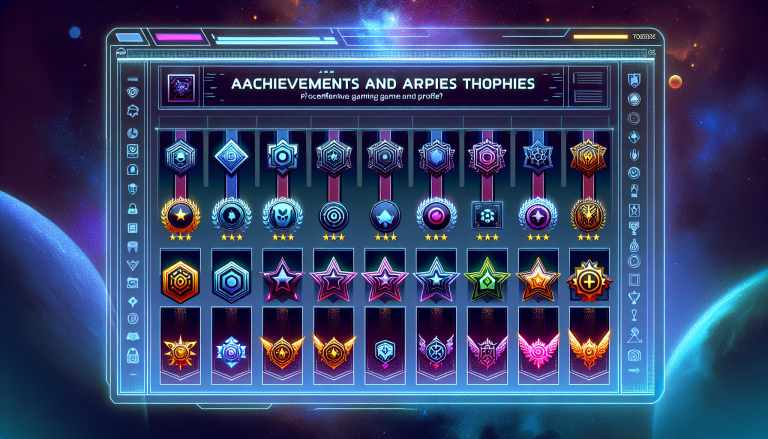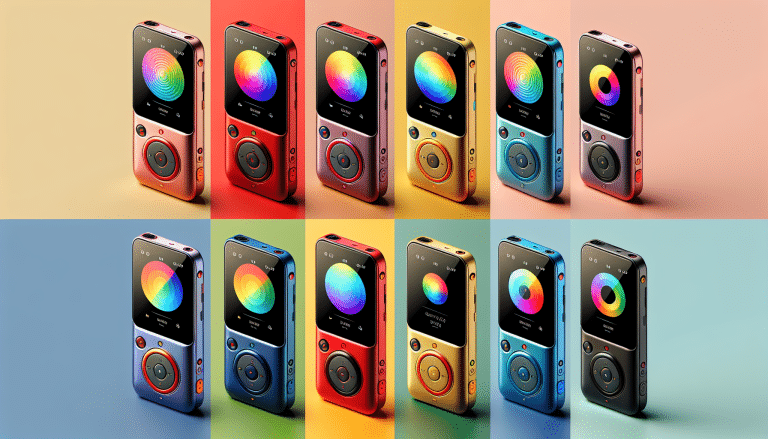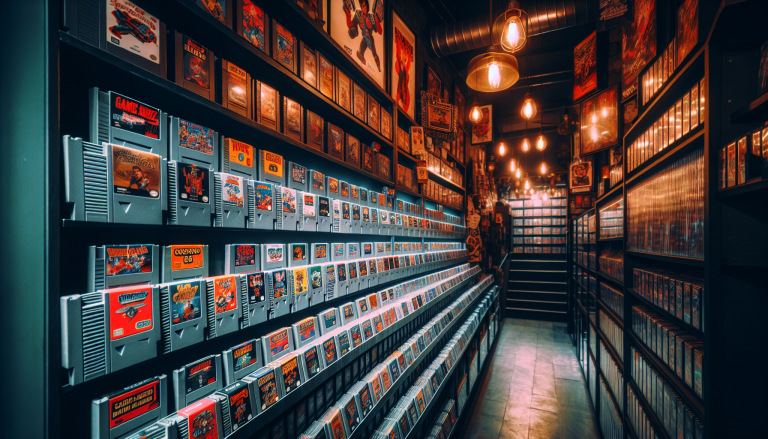The Rise of Nostalgia: Exploring the Popularity of Retro Games in Modern Culture
Hey there, fellow gamer! Have you ever found yourself reminiscing about the good old days of gaming? Maybe you have fond memories of playing Super Mario Bros. on your old Nintendo Entertainment System, or spending hours trying to beat the high score on Pac-Man at the local arcade. Well, you’re not alone. Nostalgia for retro games has been on the rise, and it’s influencing modern gaming culture in a big way.
There’s something special about those pixelated graphics, catchy chiptune music, and simple yet addictive gameplay that takes us back to a time when gaming was a pure and immersive experience. It’s no wonder that retro games have captured the hearts of so many gamers, both young and old.
Nostalgic Gaming: How Retro Games Influence Current Gaming Trends and Preferences
But what exactly is it about retro games that makes them so popular today? One reason is the sense of nostalgia they evoke. Playing a game from your childhood can transport you back in time, reminding you of carefree days spent gaming with friends or family. It’s a way to relive those cherished memories and recapture the joy and excitement you felt back then.
Furthermore, retro games have had a significant influence on current gaming trends and preferences. Many modern game developers have recognized the appeal of nostalgia and have incorporated elements from retro games into their own creations. From indie developers to big-name studios, there’s a growing market for games that pay homage to the classics.
Take, for example, the resurgence of 2D platformers like “Shovel Knight” or the pixel art style seen in games such as “Stardew Valley” and “Undertale.” These games not only captivate players with their retro aesthetics but also provide a fresh and innovative take on gameplay mechanics. Retro-inspired games offer a blend of familiarity and novelty, giving players a sense of comfort while still pushing the boundaries of what gaming can be.
Nostalgia Marketing: Leveraging the Power of Retro Games in Today’s Gaming Industry
It’s not just game developers who are tapping into the nostalgia craze; marketers are also leveraging the power of retro games to connect with consumers. Companies are using nostalgia as a marketing strategy to evoke positive emotions and create a sense of familiarity and trust.
From limited-edition retro console releases to merchandise featuring iconic characters from classic games, the gaming industry is capitalizing on our love for all things nostalgic. By tapping into our emotional connection to these games, companies are able to build brand loyalty and connect with consumers on a deeper level.
The Evolution of Retro Gaming: From Nostalgia to Innovation
While nostalgia is undoubtedly a driving force behind the popularity of retro games, the genre is not simply stuck in the past. Retro gaming has evolved and continues to push the boundaries of innovation. Developers are finding new ways to bring the spirit of retro games into the modern era, creating experiences that combine the best of both worlds.
Virtual reality (VR) technology, for example, has opened up exciting possibilities for retro gaming. Imagine stepping into a virtual arcade and playing your favorite classic games in a fully immersive environment. It’s a nostalgic experience taken to a whole new level.
Nostalgic Gaming: How Retro Games Influence Current Gaming Trends and Preferences
Do you ever find yourself reminiscing about the good old days of gaming? Remember when you would spend hours playing classic video games like Super Mario Bros, Pac-Man, or The Legend of Zelda? Well, it turns out that you’re not alone. Retro gaming has made a massive comeback in recent years, and it’s influencing current gaming trends and preferences in a big way. One of the main reasons for the rise of nostalgic gaming is our innate desire to relive our childhood memories. Many of us have fond memories of playing video games with friends or family, and revisiting these games can bring back a sense of nostalgia and joy. It’s like taking a trip down memory lane and reconnecting with a simpler time. But nostalgia alone isn’t the only reason retro games are making a comeback. These games also offer a unique gaming experience that sets them apart from modern titles. Retro games often prioritize gameplay over flashy graphics or complex mechanics. They have a certain charm and simplicity that can be refreshing in a world of ultra-realistic graphics and complicated controls. In fact, many game developers are taking inspiration from retro games and incorporating elements of nostalgia into their modern titles. This can be seen in the rise of pixel art graphics, chiptune soundtracks, and retro-inspired gameplay mechanics. By tapping into the nostalgia market, these developers are able to create games that resonate with both older gamers who remember the classics and younger gamers who are curious about the roots of gaming. Furthermore, retro games have also become a source of inspiration for indie game developers. With the accessibility of game development tools and platforms, more and more individuals are creating their own retro-inspired games. These indie games often capture the spirit of classic gaming while adding their own unique twists and ideas. This has resulted in a thriving indie gaming scene that celebrates the retro aesthetic and gameplay. So, what does this mean for the future of gaming? Well, it shows that nostalgia will continue to play a significant role in shaping the industry. As gamers, we should embrace this trend and appreciate the value of both modern and retro games. There’s no need to choose between the two; instead, we can enjoy the best of both worlds. If you’re feeling nostalgic and want to revisit some classic games, there are plenty of ways to do so. You can dust off your old console and cartridges, or you can explore the world of retro gaming through digital platforms. There are numerous online marketplaces where you can purchase and download classic games, as well as emulators that allow you to play them on your computer or mobile device. In conclusion, the rise of nostalgic gaming is a testament to the lasting impact of retro games on our culture. They not only evoke fond memories of our past but also influence current gaming trends and preferences. So, whether you’re a fan of modern games or a retro enthusiast, there’s something for everyone in the world of gaming. Let’s continue to celebrate the classics and embrace the nostalgia that they bring.Nostalgia Marketing: Leveraging the Power of Retro Games in Today’s Gaming Industry
Ah, nostalgia. The warm, fuzzy feeling we get when we think about the past. It’s a powerful emotion that has the ability to transport us back to simpler times and evoke fond memories. And in the world of gaming, nostalgia has become a powerful marketing tool.
When it comes to gaming, there’s something special about revisiting the games of our youth. Whether it’s the pixelated charm of Super Mario Bros or the epic adventures of The Legend of Zelda, retro games hold a special place in the hearts of many gamers. And game developers and marketers have taken notice.
In today’s gaming industry, nostalgia marketing has become a prevalent strategy. By tapping into the love for retro games, companies are able to connect with gamers on a deep emotional level. They understand that nostalgia can be a powerful motivator, driving consumers to purchase new games that pay homage to the classics they grew up with.
The Power of Nostalgia Marketing
One of the reasons why nostalgia marketing is so effective is because it allows companies to tap into a pre-existing emotional connection. By evoking feelings of nostalgia, they are able to create an instant bond with their target audience. This bond can lead to increased brand loyalty and a willingness to try new products or services.
Additionally, nostalgia marketing allows companies to stand out in a crowded marketplace. With so many new games being released on a regular basis, it can be challenging for companies to capture the attention of gamers. However, by leveraging the power of retro games, they are able to differentiate themselves and create a unique selling proposition.
Tips for Successful Nostalgia Marketing
If you’re a game developer or marketer looking to leverage the power of nostalgia, here are a few tips to keep in mind:
- Stay true to the original: When creating a game that pays homage to a retro classic, it’s important to stay true to the essence of the original. This means capturing the gameplay mechanics, art style, and overall feel of the game. By doing so, you’ll be able to evoke the same feelings of nostalgia that made the original game so beloved.
- Add a modern twist: While it’s important to stay true to the original, it’s also important to add a modern twist. This can involve updating the graphics, introducing new gameplay mechanics, or incorporating online multiplayer features. The key is to strike a balance between nostalgia and innovation.
- Create a sense of community: Nostalgia is often a shared experience. By creating a sense of community around your game, you can tap into the collective nostalgia of your audience. This can involve hosting events, encouraging user-generated content, or fostering a strong online presence.
By following these tips, you’ll be well on your way to leveraging the power of nostalgia in your marketing efforts. Remember, nostalgia is a powerful emotion that can create a deep connection with your target audience. So why not tap into it?
The Evolution of Retro Gaming: From Nostalgia to Innovation
Ah, retro gaming. The mere mention of those two words can transport us back to a time when pixels ruled and gaming was a simpler, yet no less captivating, affair. But what if I told you that retro gaming is not just about nostalgia? In fact, it’s evolving and becoming an innovative force in the gaming industry. So, let’s dive into the world of retro gaming and explore its journey from nostalgia to innovation.Embracing the Old, Celebrating the New
Retro games are more than just a trip down memory lane. They serve as a reminder of the rich history and evolution of gaming. Developers and gamers alike are embracing the old, while celebrating the new. It’s a beautiful harmony where nostalgia meets innovation.Preserving Gaming History
One of the greatest contributions of retro gaming is the preservation of gaming history. By keeping classic games alive, we ensure that future generations can appreciate the roots of modern gaming. It’s like passing down a cultural heritage, where each pixelated masterpiece tells a story and holds a special place in the hearts of gamers.The Return of Retro Aesthetics
Have you noticed the resurgence of retro-inspired aesthetics in modern games? From pixel art to chiptune soundtracks, developers are embracing the charm of the past while adding their unique twists. This return to retro aesthetics not only appeals to nostalgic gamers but also introduces a new generation to the magic of the classics.Innovating with Nostalgia
While retro gaming may be rooted in nostalgia, it doesn’t shy away from innovation. Developers are finding creative ways to reimagine and enhance classic games for modern platforms. Remakes, remasters, and reboots breathe new life into old favorites, while still capturing the essence that made them beloved in the first place.Indie Games: A Haven for Retro Revivals
The rise of indie games has provided a haven for retro revivals. Independent developers are unafraid to experiment with nostalgic concepts, often creating unique gaming experiences that captivate players with their simplicity and purity. These games offer a refreshing break from the high-budget, hyper-realistic titles dominating the market.Embracing Retro Gaming: Tips and Recommendations
If you’re ready to embark on a retro gaming adventure, here are a few tips and recommendations to help you make the most of the experience:- Start with the classics: Begin your journey by playing iconic retro games that have stood the test of time. From Super Mario Bros. to The Legend of Zelda, these gems will give you a taste of gaming history.
- Explore indie titles: Don’t limit yourself to mainstream retro games. Indie developers often create hidden gems that capture the essence of nostalgia in unique and exciting ways. Take a chance on these indie titles, and you may be pleasantly surprised.
- Engage with the community: Retro gaming has a vibrant and passionate community. Join forums, participate in discussions, and share your love for all things retro. The community is a valuable resource for recommendations, troubleshooting, and finding like-minded gamers.
- Try modern retro-inspired games: If you want a taste of nostalgia with a modern twist, explore games that pay homage to the retro era. These titles combine the best of both worlds, offering a nostalgic experience with improved graphics and gameplay mechanics.
- Don’t forget the hardware: To truly immerse yourself in the retro gaming experience, consider investing in original consoles or retro-inspired controllers. There’s something magical about playing on the same hardware that gamers used decades ago.


